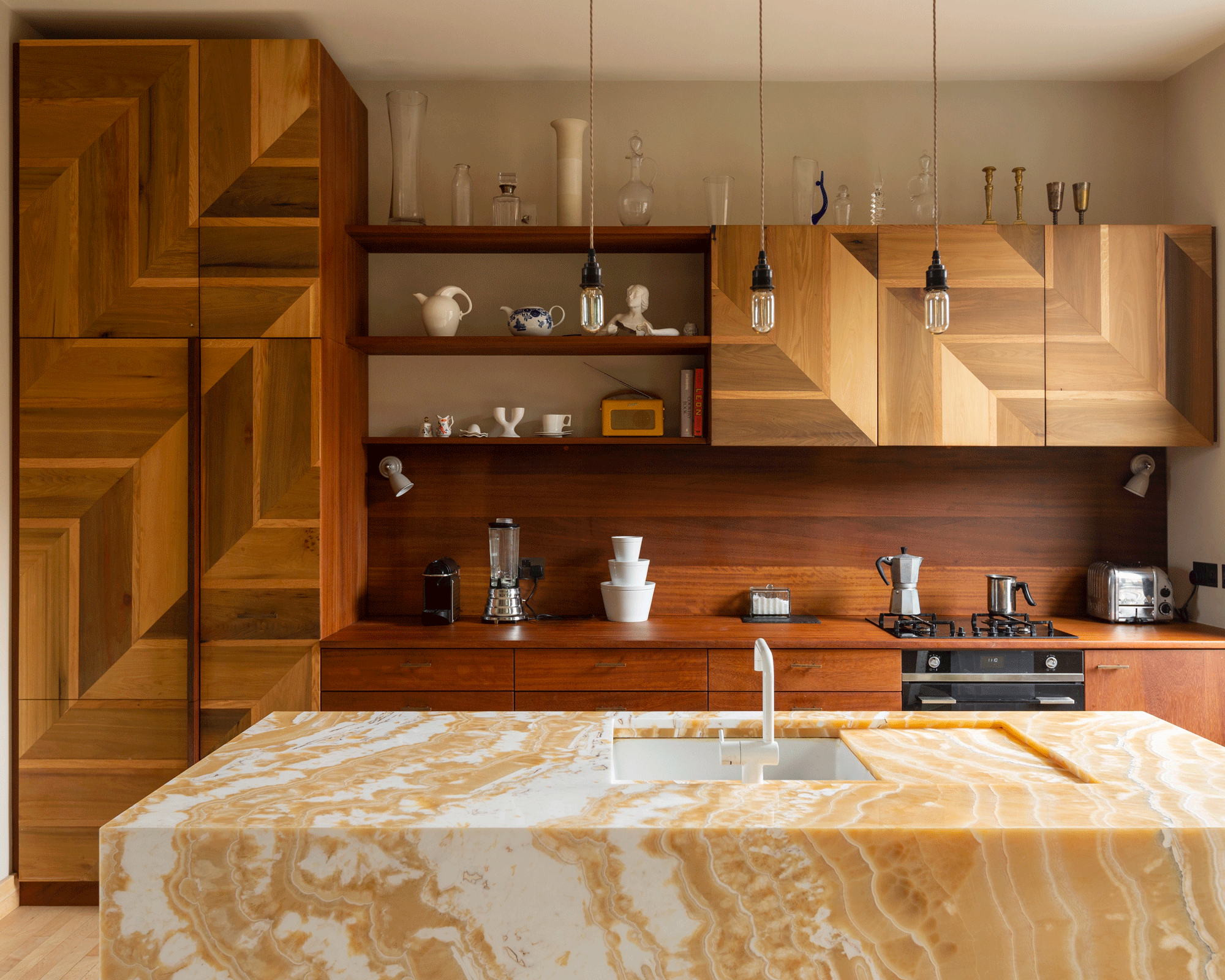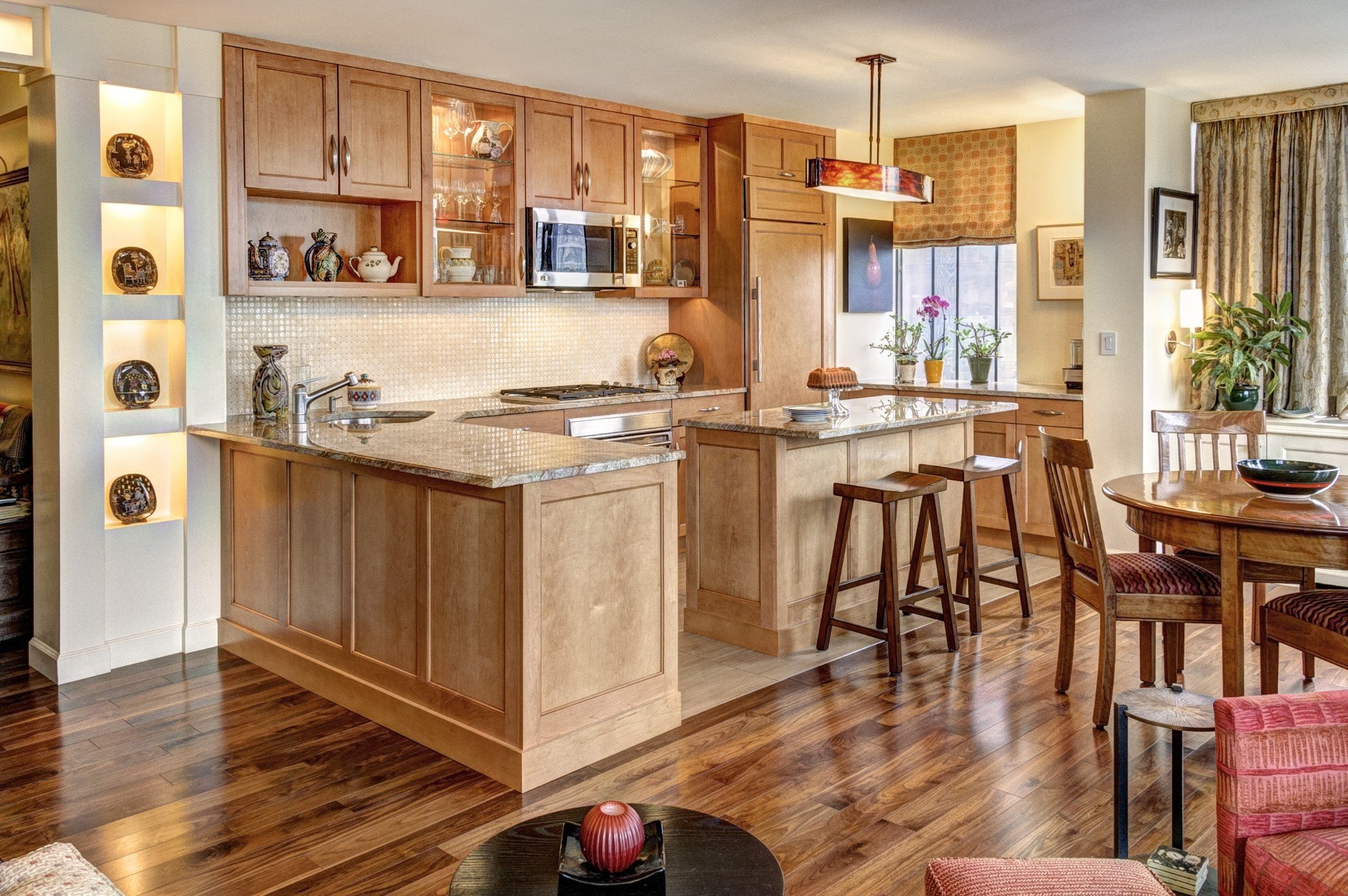Styles and Designs of Wood Appliques for Kitchen Cabinets

Ah, my dear friend, the artistry of wood appliques! They transform mere cabinets into breathtaking works of art, adding a touch of timeless elegance and personality to the heart of your home. Let us delve into the captivating world of styles, designs, and the meticulous craftsmanship involved in bringing these exquisite pieces to life.
Popular Styles and Design Motifs of Wood Appliques
The beauty of wood appliques lies in their versatility. From classic elegance to modern minimalism, the possibilities are as boundless as your imagination. The choice of style depends greatly on the overall aesthetic of your kitchen. Below, we present a glimpse into the most sought-after styles.
| Style | Description | Material Examples | Suitable Cabinet Styles |
|---|---|---|---|
| Floral | Intricate designs featuring flowers, leaves, and vines, often showcasing delicate details and flowing lines. These can range from realistic botanical representations to stylized interpretations. | Oak, Cherry, Mahogany | Shaker, Traditional, Country |
| Geometric | Clean lines and precise shapes create a modern and sophisticated look. This style can incorporate various geometric patterns, from simple squares and circles to complex tessellations. | Maple, Walnut, Birch | Modern, Contemporary, Minimalist |
| Victorian | Ornate and highly detailed designs characterized by elaborate carvings, scrolls, and flourishes. These appliques often evoke a sense of grandeur and opulence. | Mahogany, Walnut, Cherry | Traditional, Victorian, Farmhouse |
| Art Deco | Geometric patterns and stylized motifs, often incorporating sunbursts, zigzags, and chevrons. This style offers a unique blend of elegance and modernity. | Walnut, Mahogany, Ebony | Art Deco, Mid-Century Modern |
Creating Custom Wood Appliques: A Step-by-Step Guide
The creation of a custom wood applique is a journey of artistic expression and meticulous craftsmanship. Each piece is a testament to the dedication and skill of the artisan. The process involves several key stages, each demanding precision and patience.
The initial step involves translating the design vision into a tangible form. This might involve sketching on paper, creating digital designs, or even working directly with wood to refine the concept. Once the design is finalized, it’s carefully transferred onto the chosen wood. This might involve tracing, projecting, or using templates. Then comes the meticulous work of cutting the design from the wood, often utilizing specialized tools and techniques to ensure accuracy and detail. Finally, the applique undergoes sanding and finishing, where the wood is carefully smoothed and treated with stains, paints, or sealants to enhance its beauty and durability.
- Design Conception: Sketching, digital design, or direct wood carving.
- Wood Selection and Preparation: Choosing the right wood type and ensuring it is properly seasoned and planed.
- Pattern Transfer: Accurately transferring the design onto the wood.
- Cutting and Shaping: Using hand tools or CNC machinery to cut and shape the applique.
- Sanding and Finishing: Smoothing the surface and applying finishes for protection and aesthetic enhancement.
The tools and materials needed for this process include various hand tools such as chisels, gouges, and saws, along with power tools like routers and sanders. Appropriate wood glues, stains, sealants, and finishing materials are also essential.
Comparing Wood Types for Cabinet Appliques
The choice of wood significantly impacts the final aesthetic and durability of your appliques. Each wood type possesses unique characteristics that influence its suitability for this delicate craft.
Oak, known for its strength and beautiful grain patterns, provides both durability and visual appeal. Cherry, with its rich reddish-brown tones and smooth texture, lends an air of sophistication. Maple, prized for its hardness and fine grain, allows for intricate detailing and a clean, polished finish. Each wood brings its own distinct personality to the final piece, contributing to the unique charm of your kitchen.
Installation and Application Techniques

Embarking on the journey of adorning your kitchen cabinets with exquisite wood appliqués is a rewarding endeavor. This process, while seemingly intricate, unfolds with grace and precision when approached methodically. The following steps will guide you through the installation, ensuring a seamless integration of artistry and functionality.
Wood appliques for kitchen cabinets – The successful application of wood appliqués hinges on careful preparation and precise execution. A steady hand and attention to detail are paramount in achieving a professional finish that will enhance the beauty of your kitchen for years to come. Remember, patience is your greatest ally in this process.
Preparing the Cabinets and Appliqués
Before initiating the installation, meticulously clean the cabinet surfaces where the appliqués will be affixed. Remove any dust, grease, or old finishes. Ensure the surfaces are completely dry. For the appliqués themselves, inspect them for any imperfections and lightly sand any rough edges to create a smooth surface for optimal adhesion. This preparatory phase is crucial for a lasting bond between the appliqué and the cabinet.
Step-by-Step Installation Guide
- Precise Measurement and Marking: Carefully measure and mark the exact location for each appliqué on the cabinet. Use a pencil to lightly mark the placement. A slight miscalculation can lead to significant issues. Take your time and double-check your measurements.
- Adhesive Application: Apply a thin, even layer of adhesive to the back of the appliqué, following the manufacturer’s instructions. Avoid using excessive adhesive, as this can lead to oozing and create a messy appearance. A consistent application is key for a strong bond.
- Secure Placement: Carefully position the appliqué onto the marked area of the cabinet. Firmly press down, ensuring complete contact between the appliqué and the cabinet surface. Use a clean cloth or soft sponge to gently remove any excess adhesive that may have seeped out. Work from the center outwards to prevent air bubbles from forming.
- Securing and Clamping (If Necessary): For larger or more intricate appliqués, consider using clamps to hold them in place while the adhesive cures. This ensures proper adhesion and prevents warping or shifting during the drying process. Use soft padding under the clamps to protect the appliqué’s finish.
- Curing Time: Allow the adhesive to cure completely according to the manufacturer’s recommendations. This ensures a strong and lasting bond between the appliqué and the cabinet. Avoid touching or disturbing the appliqués during this period.
Adhesive Selection and Application
The choice of adhesive significantly impacts the longevity and aesthetic appeal of your project. Several options exist, each with its own strengths and weaknesses.
Consider the type of wood used for both the appliqués and the cabinets when selecting an adhesive. For instance, a strong construction adhesive might be ideal for hardwood appliqués on solid wood cabinets, while a less aggressive adhesive might be preferable for delicate veneers or painted surfaces. Always test the adhesive on an inconspicuous area first to ensure compatibility and prevent damage.
- Construction Adhesives: Offer exceptional strength and durability, ideal for heavy appliqués and demanding applications. However, they can be challenging to clean up if excess is applied.
- Wood Glues: Provide a strong, yet more forgiving bond, suitable for various wood types. They require precise application and adequate clamping time.
- Epoxy Adhesives: Excellent for gap-filling and adhering dissimilar materials, offering superior strength and water resistance. They are, however, more expensive and require careful mixing.
Always follow the manufacturer’s instructions for the specific adhesive chosen. Improper application can lead to weak bonds or damage to the appliqués and cabinets.
Finishing Techniques, Wood appliques for kitchen cabinets
The final step in this process elevates your handiwork from mere application to a true artistic expression. Finishing techniques not only enhance the visual appeal but also protect the appliqués from wear and tear, ensuring longevity and resilience.
The choice of finish depends on your desired aesthetic and the type of wood used. Consider the overall style of your kitchen and select a finish that complements the existing décor. Whether you choose a subtle stain, a vibrant paint, or a protective sealant, the application should be smooth and even for a professional finish.
- Staining: Enhances the natural grain and color of the wood, providing a warm and classic look. Choose a stain that complements the wood tone and desired finish.
- Painting: Allows for greater creative freedom, enabling you to match or contrast the appliqués with the existing cabinetry. Use high-quality paints designed for wood to ensure durability and a smooth finish.
- Sealing: Protects the appliqués from moisture, scratches, and UV damage, preserving their beauty and extending their lifespan. Polyurethane is a popular choice for its durability and clarity.
Integrating Wood Appliques into Kitchen Design

The heart of a home, the kitchen, deserves artistry. Wood appliqués offer a unique avenue to elevate its charm, transforming ordinary cabinets into bespoke masterpieces. Their versatility allows for seamless integration into diverse kitchen styles, adding depth, texture, and a touch of handcrafted elegance. Let’s explore how these exquisite details can breathe life into your culinary space.
| Kitchen Style | Applique Style | Placement | Material Choice |
|---|---|---|---|
| Rustic Farmhouse | Simple, floral designs | Centered on cabinet doors, clustered near the sink | Reclaimed wood with a distressed finish |
| Modern Minimalist | Geometric, linear patterns | Subtle placement on corner cabinets, a single accent piece on a large island | Light-colored, smooth wood like maple or birch |
| Traditional Victorian | Intricate carvings, acanthus leaves | Abundant placement across all cabinets, creating a richly detailed look | Dark, richly stained wood like cherry or mahogany |
Complementing Different Cabinet Door Styles
The beauty of wood appliqués lies in their adaptability. They can enhance the aesthetic appeal of various cabinet door styles, adding a unique character to each.
The strategic placement and style of the appliqué can greatly impact the overall design. Consider the following examples:
- Shaker Cabinets: Simple, clean lines of shaker cabinets are beautifully complemented by understated appliqués. Imagine delicate, geometric designs placed subtly near the door’s center, adding a touch of refinement without overpowering the minimalist style. Visualize a light-colored wood appliqué, perhaps a pale oak, against the slightly darker shaker door, creating a subtle yet elegant contrast.
- Raised Panel Cabinets: The raised panel provides a natural canvas for more elaborate appliqués. Think of ornate carvings or floral motifs nestled within the raised panel itself, enhancing the existing three-dimensional texture. A dark, richly stained wood appliqué against a lighter raised panel would create a striking visual effect. Imagine the warmth of cherry wood appliqués highlighting the elegance of a creamy white raised panel cabinet.
- Flat Panel Cabinets: Flat panel cabinets offer a modern, sleek aesthetic. Geometric or linear appliqués work particularly well here, adding a touch of visual interest without disrupting the clean lines. Consider a sleek, minimalist design in a contrasting wood tone – perhaps a dark ebony appliqué on a light gray flat panel cabinet – to create a sophisticated, contemporary feel.
